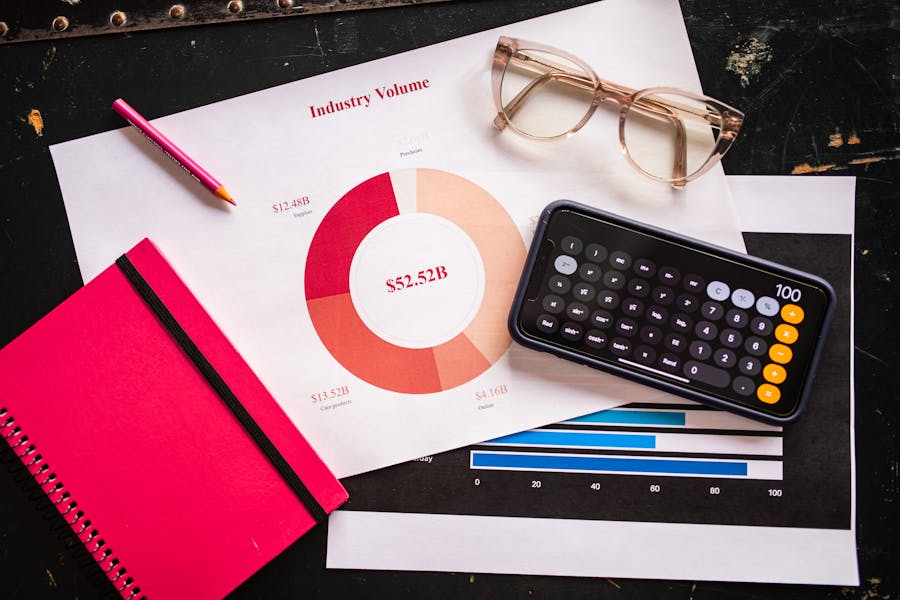Hexadecimal Inputs
Interactive Breakdown
How to Use the Hex Adder
Our calculator provides instant results and a detailed breakdown. Follow these simple steps to get started.
Input Hex Values
Enter the first hexadecimal number in the top field and the second in the field below. Inputs are not case-sensitive.
View Instant Results
The sum appears in real-time in the results panel, along with its decimal and binary equivalents for easy conversion.
Explore the Breakdown
Hover over any column in the interactive breakdown to see a detailed explanation of the calculation for that specific digit.
Advanced & Intuitive
This tool is designed for students and professionals, offering powerful features that make hexadecimal math clear and accessible.
- Live Calculation: No "calculate" button needed. The tool updates instantly as you type, providing immediate feedback.
- Multi-Base Conversion: The result is automatically converted to both decimal and binary, saving you time and extra steps.
- Interactive Breakdown: Hover over each step of the addition to see the underlying decimal calculation, including the carry.
Hexadecimal in the Real World
Hexadecimal is the language of computing, used everywhere from the colors on your screen to the data in your computer's memory.
Web Colors (CSS)
Hex codes like #FF3A8B represent colors by defining the amount of Red (FF), Green (3A), and Blue (8B) in a single string.
Memory Addresses
Computers use hexadecimal to display memory locations. It's shorter and more readable than the long binary strings it represents.
Networking
MAC addresses, which uniquely identify devices on a network, are written in hexadecimal format (e.g., 00:1A:2B:3C:4D:5E).
Number System Comparison
See how hexadecimal relates to the decimal and binary systems that form the foundation of all computing.
| System | Base | Digits Used | Example (Value of 26) |
|---|---|---|---|
| Decimal | Base-10 | 0, 1, 2, 3, 4, 5, 6, 7, 8, 9 | 26 |
| Binary | Base-2 | 0, 1 | 11010 |
| Hexadecimal | Base-16 | 0-9, A, B, C, D, E, F | 1A |
Frequently Asked Questions
Quick answers to common questions about hexadecimal addition and how this calculator works.
What does "carry the 1" mean in hex?
In hex, you "carry the 1" when the sum of a column is 16 or greater. For example, if you add 9 + 8, the decimal sum is 17. Since this is over 15, you find the remainder (17 - 16 = 1) and carry a 1 to the next column. The result for that column is 1. So, 9 + 8 in hex is 11.
Why are the letters A-F used?
Because hexadecimal is a base-16 system, it needs 16 unique symbols for its digits. The standard decimal system only provides 10 (0-9). To represent the values for 10 through 15, the letters A through F were chosen as the standard single-character symbols: A=10, B=11, C=12, D=13, E=14, F=15.






